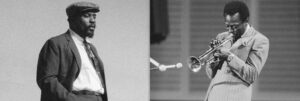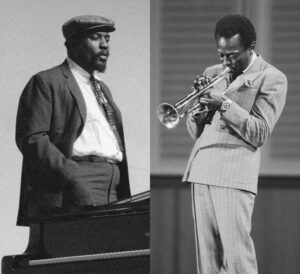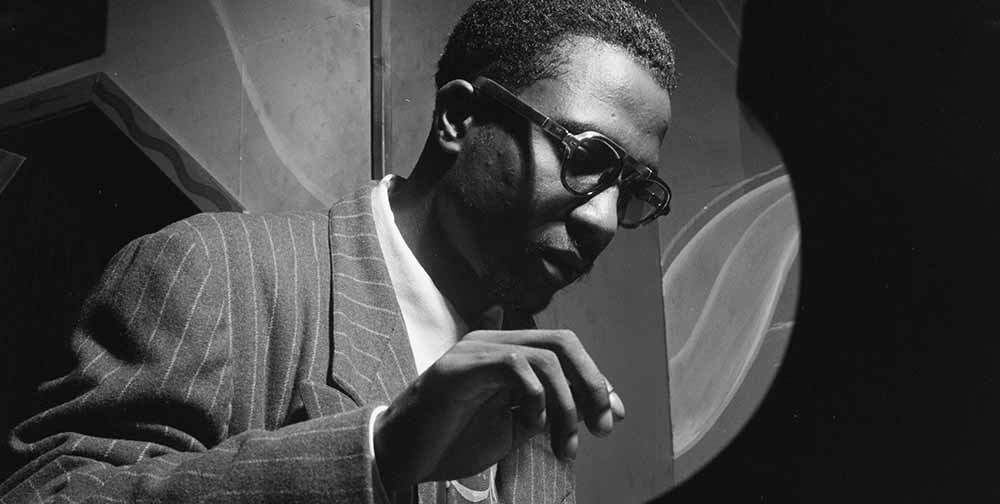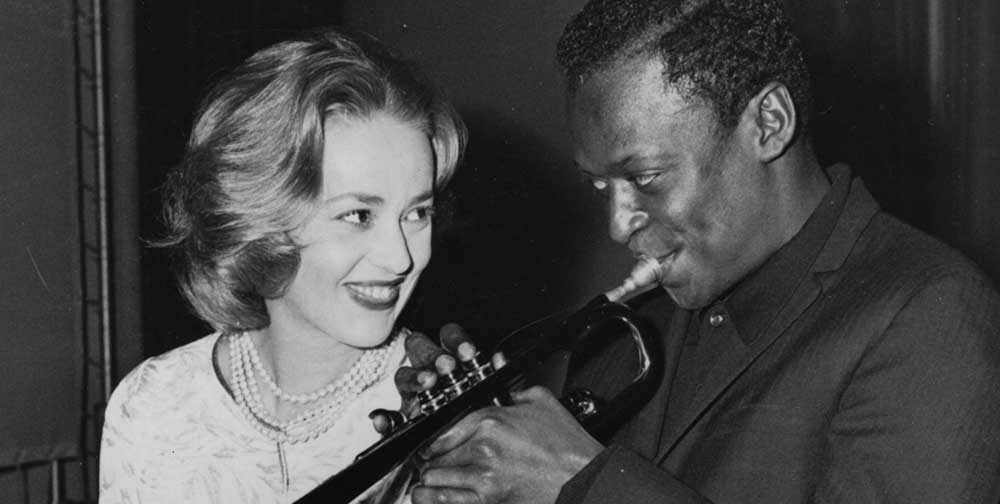“1954 was a great year for me”, Miles says in his autobiography.
Such unalloyed positivity from the jazz icon is rare and deserves close scrutiny. He had been through a torrid previous 18 months, but the new year brought a new trumpet sound and healthier mind and body. He recorded three famous sessions for Prestige Records in March and April, jammed a lot at Birdland, became a regular gym-goer and briefly renewed his love affair with Juliette Gréco.
But the real icing on the cake was “Bags Groove”. The superb album comprises music recorded during two sessions at Rudy Van Gelder’s Hackensack studio. The first took place on 29 June 1954. Producer and Prestige Records owner Bob Weinstock assembled an all-star band around Miles: Milt Jackson, Percy Heath and Kenny Clarke (three-quarters of the Modern Jazz Quartet), plus Sonny Rollins on sax and Horace Silver on piano. The result was some of the most uplifting modern jazz ever committed to disc.
Drummer Clarke – nicknamed Klook – was set up in what was affectionately called Klook’s Corner, right behind the piano, so often could he be found recording in the Van Gelders’ sitting room. Rudy loved his drumming: “I benefitted from his expertise. He was so subtle, delicate, musical. He knew just how to hit the drums to make them sound beautiful and make life great for me.”
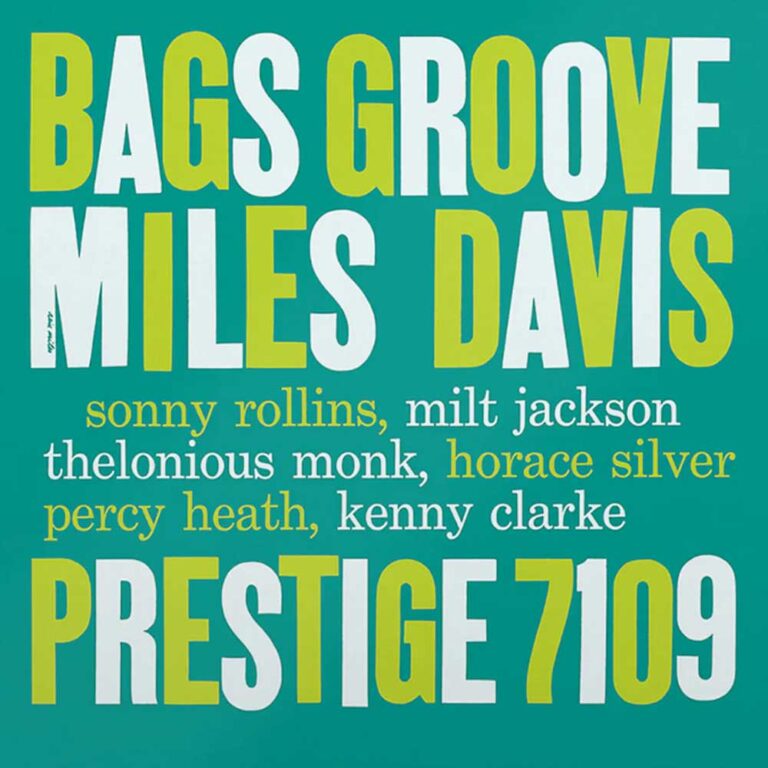
MILES DAVIS AND THE MODERN JAZZ GIANTS Bags' Groove
Available to purchase from our US store.Meanwhile, Miles was amazed by Rollins’ playing, describing him as “brilliant” in his autobiography. But Sonny’s memorable compositions were not written especially for the album – Miles reports that Rollins was tearing off pieces of paper, adding bars and chord changes right up until the last minute.
“Airegin” – Nigeria spelt backwards – consciously reflected Sonny’s sociocultural concerns and featured some terrific comping from Silver. “Oleo” – based on “I Got Rhythm” and named after a butter substitute – introduced a brand new trumpet sound, the close-mic’d, amplified Harmon mute with its stem removed. “Doxy” was one of Rollins’ most playful, memorable compositions, while Miles intended the gorgeous “But Not For Me” as a tribute to pianist Ahmad Jamal.
But the second recording session for “Bags Groove” has gained a reputation as one of jazz’s most notorious. Weinstock claims he only brought Miles and piano pioneer Thelonious Monk together on Christmas Eve 1954 because they had separately complained to him of being in urgent need of some holiday money. The result was two takes of the title track, named for its composer Milt Jackson, both of which feature what many commentators cite as some of the best solos Miles ever committed to vinyl.
Still, everyone from Ira Gitler to Charles Mingus has claimed that Monk and Miles nearly came to fisticuffs when Miles asked Monk to “lay out” (not play) underneath his solo. But Miles confirms in his autobiography that he was just looking for more space in his music, and that Monk would have played that way anyway.
The result is simply one of jazz’s key compositions, as singular and memorable as “Stolen Moments”, “Blue Train” or “Song For My Father”. On take one, Miles’s sublime solo stops time, though he’s not afraid of “out” notes and includes a famous, much-imitated lick at 10:00 (repeated during the second take). Meanwhile Monk’s solo is audacious in its minimalism and obtuseness. Take two has noticeably better sound quality, Clarke’s cymbals brighter and Heath’s bass with more low-end, while Monk plays twice as many notes as he did on take one.
This superb album in the can, early 1955 saw Miles play dates around the New York area whilst being called up for military service (which he escaped). Though 1955 is often cited as his comeback year – featuring his legendary Newport Jazz Festival gig and the signing with Columbia Records – “Bags Groove” was the catalyst for a great period in Miles’s creative life and remains a bona fide classic.
Matt Phillips is a London-based writer and musician whose work has appeared in Jazzwise, Classic Pop and Record Collector. He’s the author of “John McLaughlin: From Miles & Mahavishnu To The 4th Dimension” and “Level 42: Every Album, Every Song”.
Header image: Thelonious Monk, Miles Davis. Photos: Michael Ochs Archives/Getty Images.

